Mountain ahead
The 45 competitors competing in the La Solitaire du Figaro set sail on the first leg today.
At 515 nautical miles, this is longest of the four legs, from Le Havre, in Northern Normandy to the Gijón in Asturias on the Cantabrian coastline of Spain. It is expected to take a little more than three days at sea and although the forecast is favourable, there will be few delights in store between Normandy and Brittany.
Among the 45 is Kito de Pavant, skipper of Groupe Bel, back in the Figaro taking time off from his IMOCA 60 campaign. “We will begin a really mountainous leg”, he says. “We have two passes to pass: the tip of Cotentin and then Brittany. We start on the first night with Barfleur then the Raz Blanchard, areas where we will beat against the wind and against the current. The first to get away will have the greatest advantage since the race will be led from those ahead from then on. The difficulties will continue at the tip of Brittany, however, the playing field will be more open since we will be able to pass along the coast, near Brest, or on the outer side of the Ile de Sein. Depending on what time we get there, there will be radical options possible. Afterwards, the Bay of Biscay is looking good with a fairly strong northerly wind, which, despite shifting several times, should get us down to Spain fast under spinnaker. This remains a leg with a major risk of intersections and in which the advantage will go to the first.”
In the English Channel, near the coast, the idea is above all, not to go backwards and there, between the currents and the seaweed.
“We can expect 7 knots of current and our cruising speed in the Figaro 2 is somewhere between 5 and 6 knots. So it is simple - if you don't make quick enough progress with the wind, you go backwards and you have to drop the anchor, hoping that you find a bottom of sand and not rocks, where you could get stuck. Then, it is impossible to get some sleep , even if the tide turns in six hours, because you are always checking to see that the anchor doesn't drag and that you are ready to go if the wind increases. Since you use three times the depth in the length of rope, this quickly becomes exhausting to lift, particularly if you have to do this three times because the wind has fallen. Once, I anchored at a depth of 120 metres, I used all the rope I had, even the sheets. It's a comical situation. We take this seriously, because the first to get into first gear are the hardest to catch."
Another amusing side of Figaro racing is the seaweed. “It is a real problem. There is a lot of seaweed and this is increasingly longer with the ecological problems we are aware of. You come across it every five minutes and you are at its mercy. The smallest bit of seaweed on the appendages slows the yacht down. What is the solution? I refuse to dive, because I don't like water (laughs), and particularly because it is very dangerous. I prefer to stop the yacht and reverse, and there again is another reason for going backwards!”
At present weather forecasts are varying explains Sylvain Mondon (Météo France). “In the worst case we could have little and variable breeze for the start or if we look at the more favourable modules, we could see the northwesterly breeze established for the upwind run to the Cotentin headland for the first night. The breeze should freshen up and we could see up to 25 knots as it backs to the west and the turning tide, which will make for a tough first night of racing,” continues Mondon. Once the fleet rounds Brittany, with the wind on the beam, the forecast is for the breeze to lighten providing for a comfortable run across the Bay of Biscay with the possibility of a straight downwind towards Spain. “We can expect to see the first reach Gijon in the early hours of Saturday” predicts Mondon, if the forecasts do not develop and change too much.
Race Director, Jacques Caraës foresees the first leg complications to be three points of passage: Barfleur, the Raz Blanchard (the island of Aurigny to be left to starboard), then the Four channel. “The first part is pretty much coastal. Setting certain passage points avoids the DST (maritimes traffic) off Aurigny and Ushant. This should make the racing more interesting, particularly now that the skippers can better navigate delicate areas where current and rocks can come into play. It should be an interesting first race as all are well prepared and rested.”
Pietro D’Alì from Italy, returns to La Solitaire on his fourth participation with a new sponsor I.NOVA 3: “The boat is ok and checked. I hope I will sail well, because it’s a great race. My first participation was quite good and I want to repeat that result if I can. I know it’s hard because there are so many good sailors. I will try not to think bout the overall result but to race each leg as best as possible. We prepared in la Grande Motte and taking part to the Quiberon Solo and I believe now I’m ready to go.”
Francisco Lobato (Roff / Tempo-Team) from Portugal: “It has been great to have the support of the pôle d'entraînement de Port-La-Forêt to train and prepare for the Figaro races. Speaking French has really made it easier to get integrated and work with all the others. Although I have gained experience, I am still learning and must take care to not make mistakes. There are some good rookies, particularly Anthony Marchand (Espoir Région Bretagne) and so am going to work to do my best. The mini sailing experience will come in handy for the first leg and I see that there could possibly some options once we head down into the Gulf of Biscay.”
Jonny Malbon (Artemis) from the UK on his 2nd participation: “It’s quite clear that there won’t be a lot of opportunities to get some sleep on this first leg. By the look of it, it should take us four and a half days to reach Gijon in Spain. Even if I know it’s going to be very tough, I’m extremely positive and enthusiastic. This is the race I’ve been waiting for and I understand why so many of these guys are hooked! It’s a special event with an atmosphere of its own.”

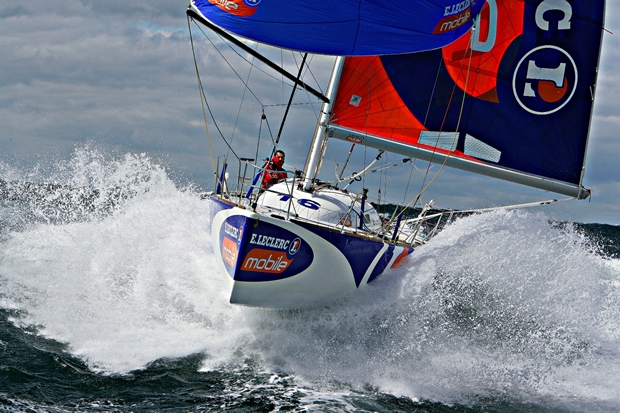
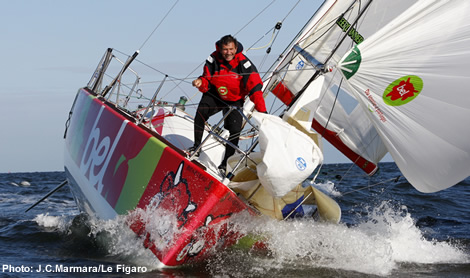
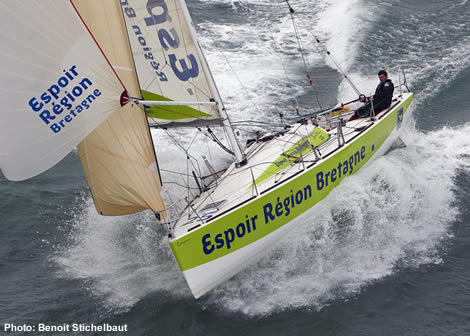
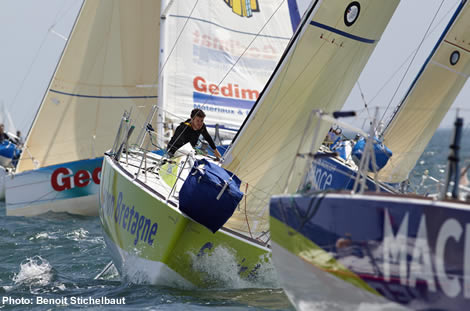
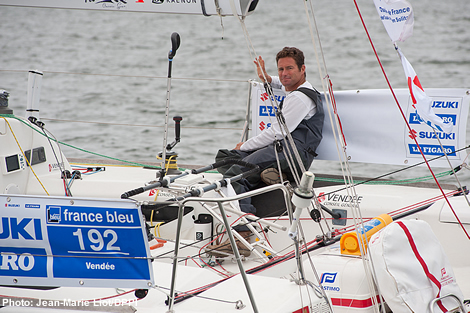
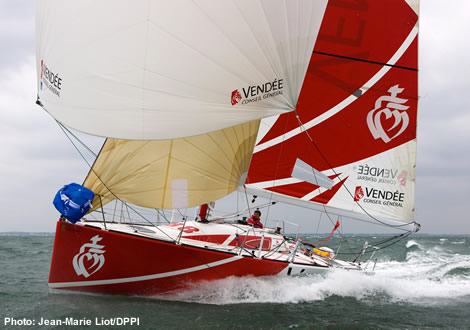









Latest Comments
Add a comment - Members log in